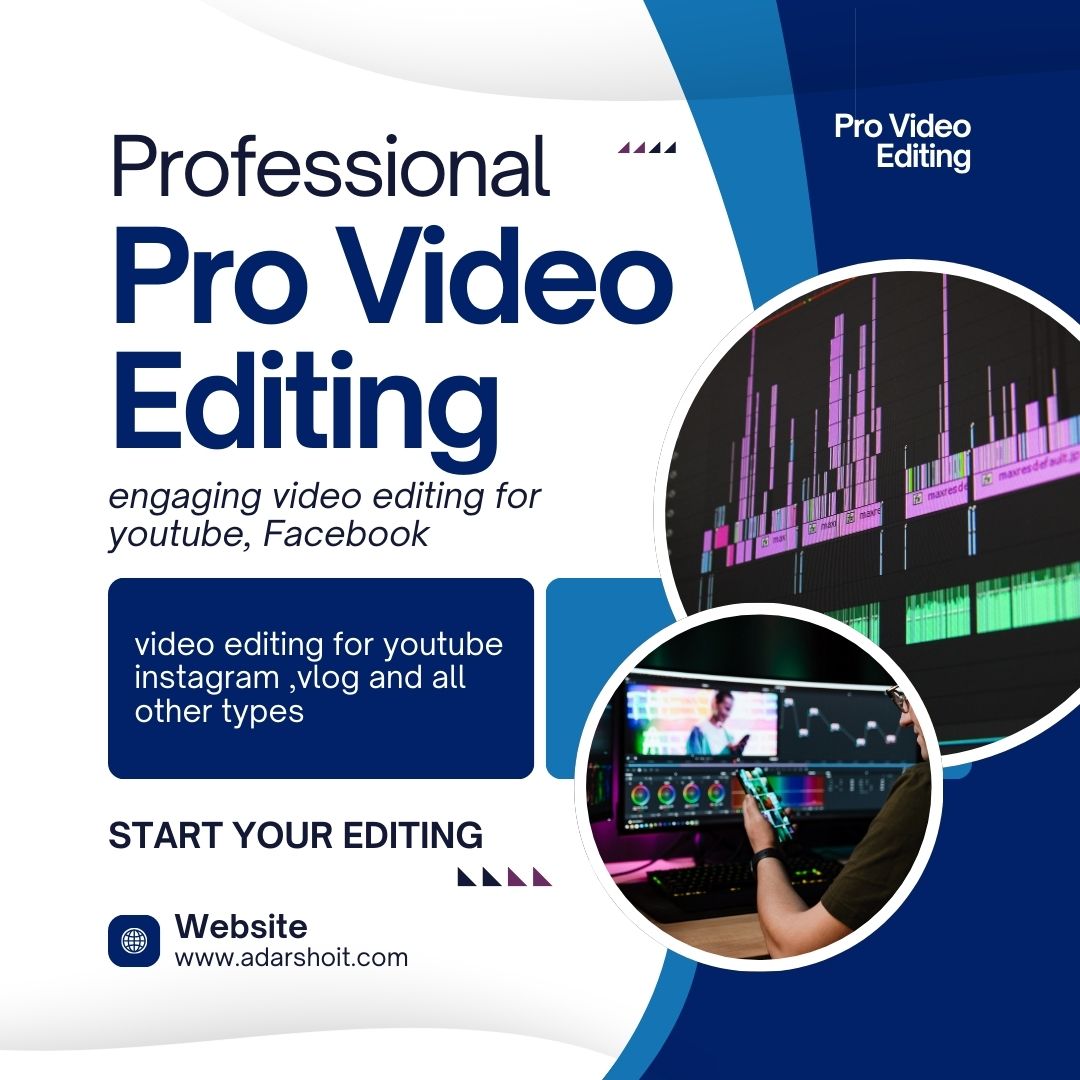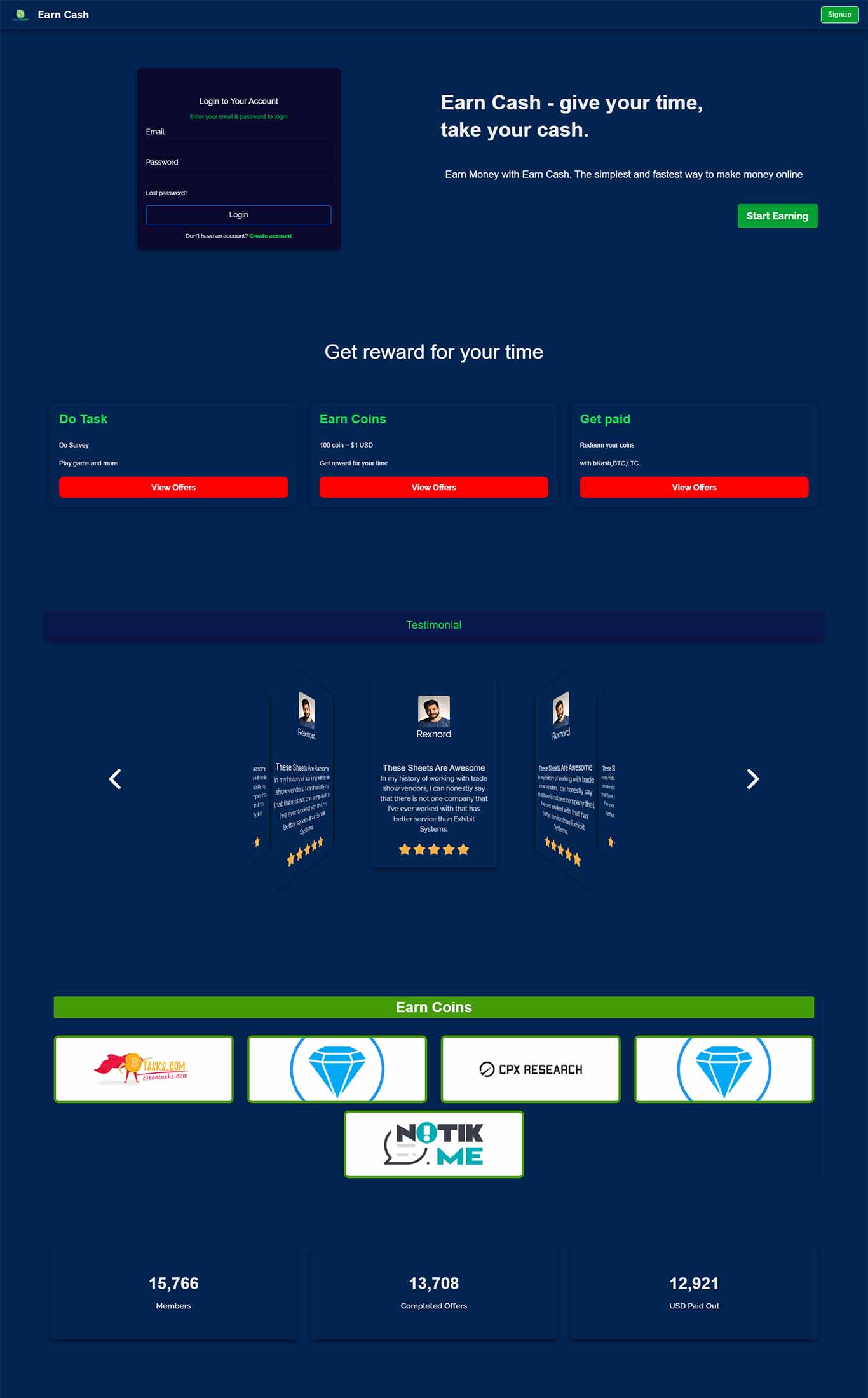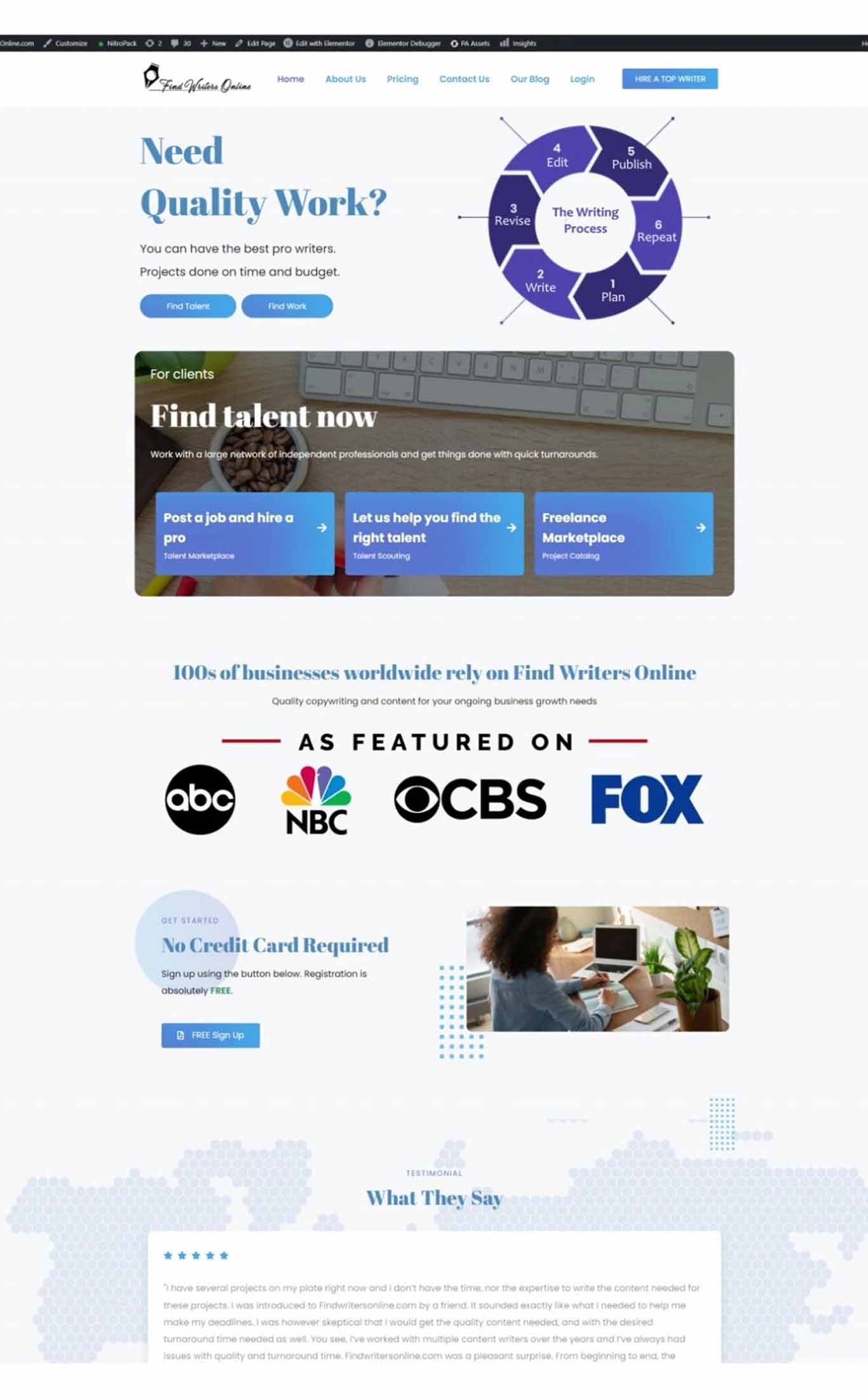The Art of Professional Website Design and Development

In today’s digital age, having a well-designed and functional website is crucial for any business or organization. A professional website not only establishes your online presence but also enhances your brand’s credibility, improves user engagement, and drives conversions. But what exactly goes into creating a professional website, and why is it essential to get it right? This article delves into the key aspects of professional website design and development, from planning to execution.
1. **Understanding the Importance of a Professional Website**
A professional website is more than just a digital storefront; it’s often the first point of contact for potential customers. It must make a strong first impression, provide an excellent user experience (UX), and offer valuable information. The key benefits of a professional website include:
– **Building Credibility**: A clean, modern design reflects a brand’s professionalism and attention to detail.- **Enhanced User Experience**: A well-structured site ensures users can easily find what they’re looking for, increasing engagement and reducing bounce rates.
– **SEO Optimization**: Professional websites are designed with search engine optimization (SEO) best practices, helping to improve visibility in search engines.
– **Increased Conversion Rates**: A well-designed website can guide visitors through a seamless journey from discovery to conversion, boosting sales or inquiries.
2. **Key Elements of Professional Website Design**
Design is a core aspect of website development. It involves both aesthetics and functionality to create an experience that aligns with the brand’s goals. Here are the main elements of effective website design:
– **User-Centered Design (UCD)**: The site should be designed with the target audience in mind, catering to their preferences, needs, and behaviors. This means understanding user personas and tailoring the content, navigation, and features accordingly.
– **Responsive Design**: With mobile devices accounting for a large portion of web traffic, a website must be responsive. This ensures that it adjusts seamlessly across different screen sizes, providing a consistent experience whether viewed on a desktop, tablet, or smartphone.
– **Visual Hierarchy**: The arrangement of content should guide the visitor’s attention to the most important elements, such as calls-to-action (CTAs), product information, or service details. Using contrast, size, and placement effectively can draw the eye to key sections.
– **Brand Consistency**: From color schemes to typography, a website must align with a brand’s identity. This helps to create a cohesive experience across all touchpoints and strengthens brand recognition.
– **Speed Optimization**: A slow-loading site can drive visitors away. Professional websites are optimized for speed by using efficient coding, compressing images, and leveraging browser caching.
3. **The Development Process**
Website development is the backbone of a professional website. While design focuses on how a site looks and feels, development is concerned with how it functions. The website development process can be broken down into several key phases:
– **Planning**: The first step in development involves defining the website’s goals, target audience, and functionality. A sitemap is created to outline the structure, ensuring a logical flow of information.
– **Content Management System (CMS)**: Choosing the right CMS is crucial for long-term website management. Popular options like WordPress, Joomla, and Drupal provide flexibility for both developers and content managers.
– **Front-End Development**: This refers to the part of the website that users interact with. It involves converting design mockups into code using HTML, CSS, and JavaScript. Front-end development ensures that the site is visually appealing and interactive.
– **Back-End Development**: The back end is the server-side part of the website, responsible for managing databases, user authentication, and other dynamic functions. This ensures the website operates smoothly, handles user data securely, and is scalable for future growth.
– **Testing and Launch**: Before the website goes live, it undergoes rigorous testing to ensure it works across different browsers and devices. Performance, security, and functionality checks are essential to avoid issues after launch.
4. **SEO and Performance Optimization**
A professional website is only effective if it is discoverable. SEO plays a critical role in making sure a website ranks high on search engine results pages (SERPs). Key SEO practices for website development include:
– **Keyword Optimization**: Integrating relevant keywords throughout the website’s content, meta descriptions, and alt tags helps improve rankings for targeted search terms.
– **Fast Load Times**: Google prioritizes fast-loading websites. Reducing the size of images, enabling compression, and utilizing efficient coding practices can improve site speed.
– **Mobile Optimization**: Google uses mobile-first indexing, meaning it looks at the mobile version of a site first when determining rankings. Ensuring your website is mobile-optimized is crucial for SEO success.
5. **Maintenance and Continuous Improvement**
A website is never truly “finished.” Ongoing maintenance is required to ensure that it continues to function optimally. This involves regular updates to the CMS, plugins, and security features. Additionally, monitoring site performance and user behavior can provide valuable insights for improvements. Analytics tools like Google Analytics or Hotjar can help identify areas where user experience can be enhanced.
6. **Conclusion**
Investing in professional website design and development is a must for businesses looking to succeed online. A well-crafted website not only boosts credibility and user experience but also plays a critical role in driving business growth. By combining aesthetic appeal with technical functionality and SEO best practices, a professional website serves as a powerful tool for brand development and customer engagement.
For businesses, the key is to collaborate with skilled designers and developers who understand both the artistic and technical sides of web creation.
















